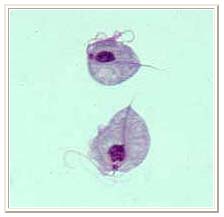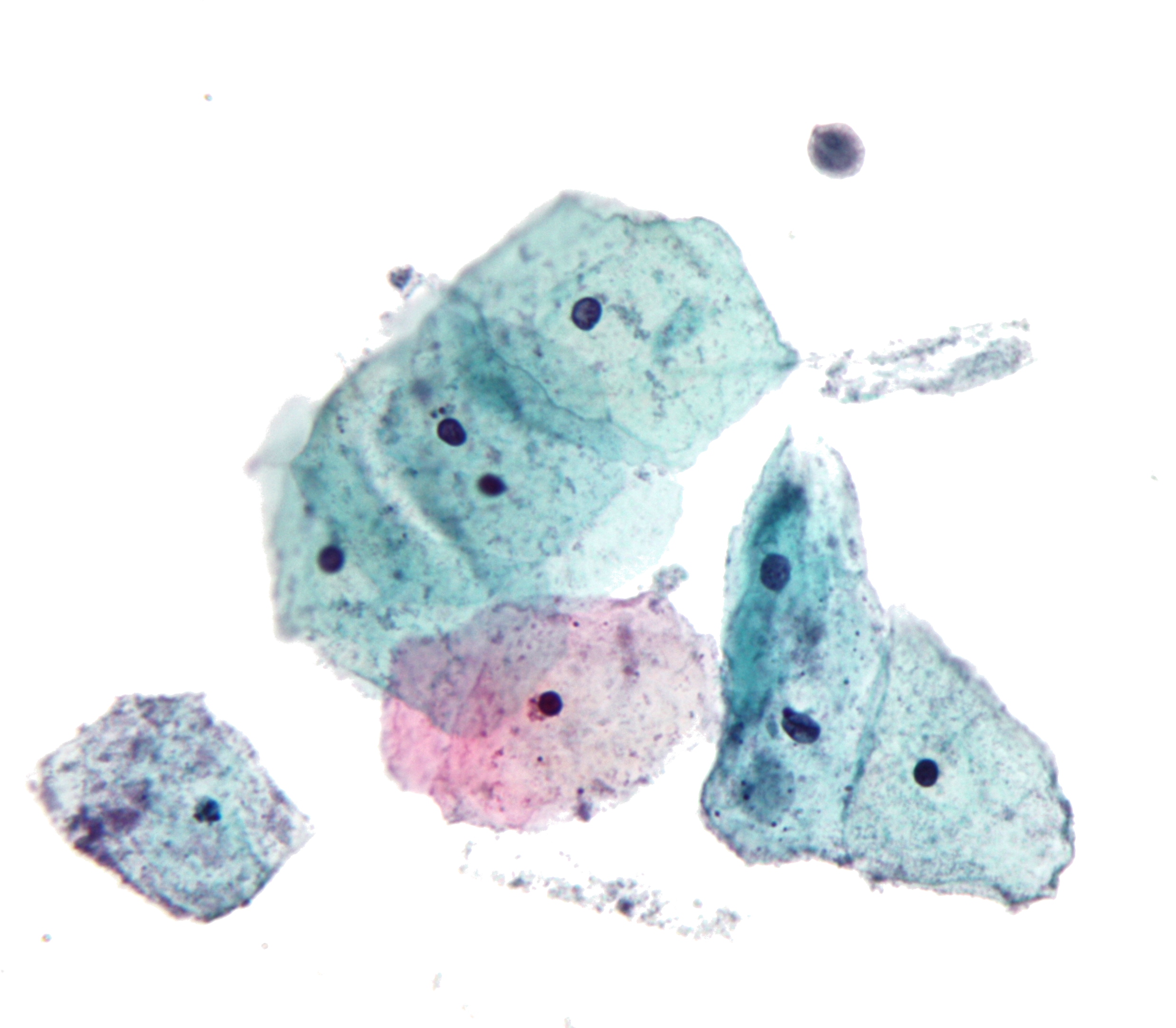Trichomoniasis laboratory findings
|
Trichomoniasis Microchapters |
|
Diagnosis |
|
Treatment |
|
Case Studies |
|
Trichomoniasis laboratory findings On the Web |
|
American Roentgen Ray Society Images of Trichomoniasis laboratory findings |
|
Risk calculators and risk factors for Trichomoniasis laboratory findings |
Editor-In-Chief: C. Michael Gibson, M.S., M.D. [1] Associate Editor(s)-in-Chief: Maliha Shakil, M.D. [2]
Overview
Laboratory tests used in the diagnosis of trichomoniasis include saline microscopy, culture, and nucleic acid amplification tests (NAATs).[1]
Laboratory Findings
Microscopy
Trichomoniasis is diagnosed by visually observing the trichomonads via a microscope. In women, the examiner collects the specimen during a pelvic examination by inserting a speculum into the vagina and then using a cotton-tipped applicator to collect the sample. The sample is then placed onto a microscopic slide and sent to a laboratory to be analyzed. Trichomoniasis has been difficult to diagnose due to the poor sensitivity of the tests.[2]
Findings on microscopy suggestive of trichomoniasis include:[3][4]
- Characteristic "tumbling" motility of protozoa
- Leukocytes
| Trichomonas vaginalis | Pap smear |
|---|---|
 |

|
Two trophozoites of Trichomonas vaginalis obtained from in vitro culture. Smear was stained with Giemsa.[5]
Culture
Nucleic Acid Amplification Tests
References
- ↑ Trichomonasias . Wikipedia.https://en.wikipedia.org/wiki/Trichomoniasis Accessed on February 4, 2016
- ↑ Andrea SB, Chapin KC (2011). "Comparison of Aptima Trichomonas vaginalis Transcription-Mediated Amplification Assay and BD Affirm VPIII for Detection of T. vaginalis in Symptomatic Women: Performance Parameters and Epidemiological Implications". J Clin Microbiol. 49 (3): 866–9. doi:10.1128/JCM.02367-10. PMID 21248097. Lay summary.
- ↑ Hobbs MM, Seña AC (2013). "Modern diagnosis of Trichomonas vaginalis infection". Sex Transm Infect. 89 (6): 434–8. doi:10.1136/sextrans-2013-051057. PMC 3787709. PMID 23633669.
- ↑ Schwebke JR, Burgess D (2004). "Trichomoniasis". Clin Microbiol Rev. 17 (4): 794–803, table of contents. doi:10.1128/CMR.17.4.794-803.2004. PMC 523559. PMID 15489349.
- ↑ "DPDx - Trichomoniasis". Retrieved 2012-12-27.